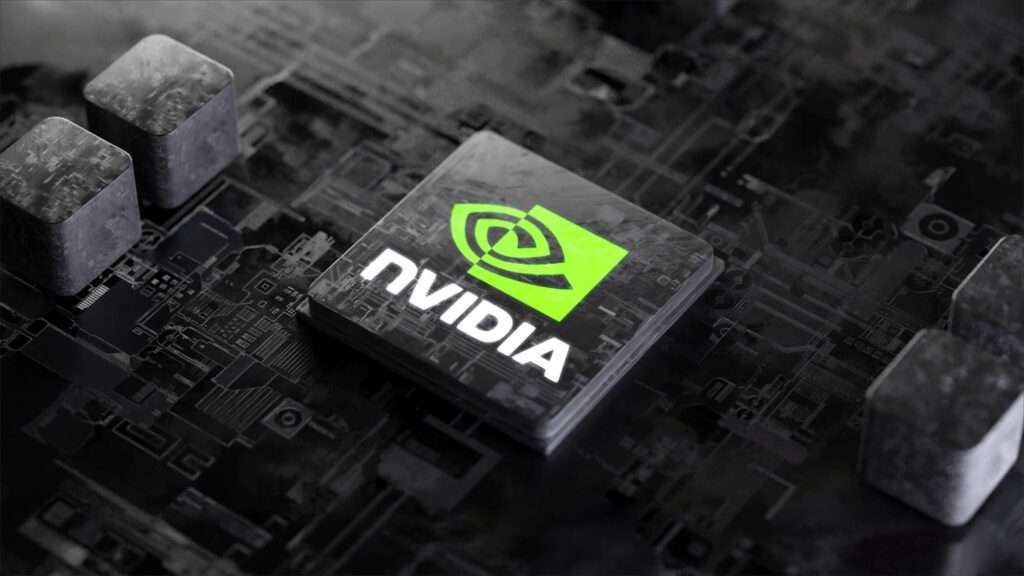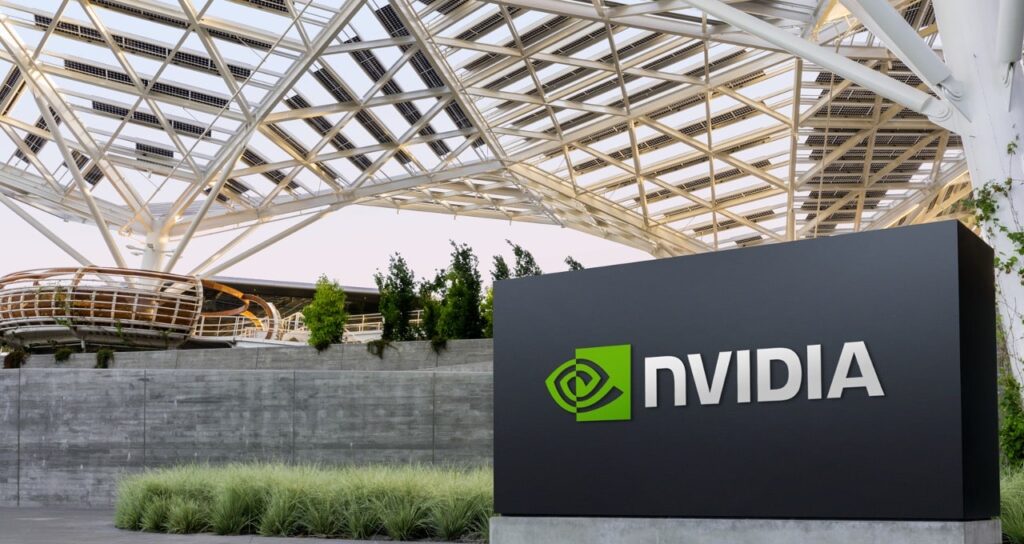Intel Corporation, one of the world’s leading chipmakers, saw its shares soar to a 52-week high on Thursday following a major announcement from Nvidia. The graphics processing giant revealed it would invest $5 billion in Intel’s common stock at a purchase price of $23.28 per share. This move sent shockwaves through the semiconductor industry and sparked renewed confidence among investors who had long been concerned about Intel’s recent struggles.
Intel, once the undisputed leader in computer chips, has faced numerous challenges over the past few years. Delays in manufacturing advancements, growing competition from rivals like AMD and TSMC, and missed opportunities in emerging technologies have all contributed to a period of underperformance. Nvidia’s investment signals a turning point, suggesting that even in a fiercely competitive market, strategic partnerships can revive the prospects of companies like Intel.
Nvidia’s Strategic Investment
Nvidia’s decision to invest in Intel is more than just a financial transaction. It reflects a broader strategic vision for collaboration between two of the industry’s most important players. By acquiring a significant stake in Intel, Nvidia positions itself as a partner rather than a competitor, creating opportunities to combine their technological expertise in areas such as artificial intelligence, high-performance computing, and data center solutions.

The $5 billion investment represents one of the largest individual stock acquisitions Nvidia has made in recent years. The $23.28 price per share indicates confidence in Intel’s long-term potential, while also providing Intel with much-needed capital to invest in its manufacturing capabilities and research initiatives. This infusion of funds could accelerate Intel’s development of next-generation chips, helping the company regain its competitive edge.
Market Reaction and Investor Sentiment
The stock market reacted enthusiastically to the news. Intel’s shares rose sharply, marking their highest value in over a year. This surge reflects not only the immediate impact of Nvidia’s investment but also broader investor optimism about the potential collaboration. Analysts have noted that partnerships between major players like Intel and Nvidia can help stabilize volatile markets, reduce investor uncertainty, and highlight growth opportunities in sectors like AI and cloud computing.

Investors have long been wary of Intel’s slow progress in recent years, especially compared to rivals who have introduced innovative chips at a faster pace. This partnership demonstrates that even established companies can rejuvenate their prospects through strategic alliances. Nvidia’s involvement is a vote of confidence that could encourage other investors to view Intel as a more attractive long-term investment.

Implications for the Semiconductor Industry
The partnership between Intel and Nvidia is expected to have far-reaching implications for the semiconductor industry. By combining Intel’s expertise in CPUs with Nvidia’s advanced GPU technology, the two companies are poised to create new chip solutions tailored for artificial intelligence, data centers, and high-performance computing applications. These innovations could set new benchmarks for performance and efficiency, influencing both enterprise and consumer technology markets.
The collaboration may also prompt competitors to explore similar partnerships or accelerate their own research initiatives to remain competitive. With AI adoption growing rapidly across industries—from healthcare and automotive to finance and entertainment—the need for powerful, efficient, and specialized chips has never been greater. Intel and Nvidia’s alliance is likely to play a major role in shaping the next generation of computing technologies.
Revitalizing Intel’s Business
Intel’s recent struggles have included delays in producing advanced manufacturing nodes, increasing pressure from AMD and TSMC, and challenges in maintaining its historical market share. The Nvidia investment offers Intel a path toward revitalization by providing the capital needed to accelerate development projects, improve production efficiency, and expand research into emerging technologies such as AI, quantum computing, and advanced data center solutions.
In addition to financial support, the partnership brings strategic advantages. Collaboration with Nvidia allows Intel to leverage its partner’s expertise in GPU design, AI architectures, and software optimization. By combining strengths, Intel can improve the performance of its chips while exploring new market opportunities that it might not have pursued alone.
Strategic Benefits for Nvidia
While Intel gains capital and expertise, Nvidia also stands to benefit significantly from this partnership. By securing a stake in Intel, Nvidia strengthens its position in the AI and high-performance computing markets. The collaboration may allow Nvidia to co-develop custom chips that integrate its GPU technologies with Intel’s CPUs, enabling more efficient processing for complex workloads and creating new solutions for enterprise and cloud computing clients.
Additionally, Nvidia’s investment could expand its influence in the broader semiconductor ecosystem. With Intel’s manufacturing capabilities and global reach, Nvidia can explore new avenues for chip production and deployment, potentially enhancing its competitiveness against other major players in the industry.

The Future of Intel-Nvidia Collaboration
Looking ahead, the Intel-Nvidia partnership could define the next era of innovation in computing. With artificial intelligence and machine learning driving demand for specialized chips, collaboration between a leading GPU maker and a leading CPU manufacturer has the potential to accelerate breakthroughs that reshape the industry. The partnership may lead to the creation of chips that are faster, more energy-efficient, and optimized for AI workloads, benefiting not only enterprise clients but also consumers and developers worldwide.
The alliance also demonstrates the importance of strategic collaboration in technology. By combining strengths and sharing expertise, companies like Intel and Nvidia can tackle challenges more effectively than they could individually. This partnership may inspire further collaborations across the semiconductor industry, as companies seek to leverage complementary technologies to stay ahead of competition.
Conclusion
Nvidia’s $5 billion investment in Intel marks a transformative moment in the semiconductor industry. The deal not only elevates Intel’s stock to a 52-week high but also signifies renewed confidence in the company’s future. By combining Intel’s CPU expertise with Nvidia’s GPU leadership, the two companies are well-positioned to drive innovation in AI, high-performance computing, and data center solutions.
For Intel, the investment provides critical capital, strategic collaboration, and a renewed sense of market credibility. For Nvidia, it opens new pathways to influence the semiconductor ecosystem and co-develop cutting-edge technologies. As the partnership progresses, stakeholders across the industry will be watching closely, eager to see how these two giants of computing shape the future of technology.
In essence, this development underscores a vital lesson for the technology sector: collaboration can be a powerful catalyst for growth, innovation, and market confidence. By joining forces, Intel and Nvidia demonstrate that even established companies facing challenges can find new opportunities, adapt to evolving market demands, and achieve remarkable success.
Do follow UAE Stories on Instagram
Read Next – Soto Grande by Ellington: Luxury Coastal Living in Ras Al Khaimah















